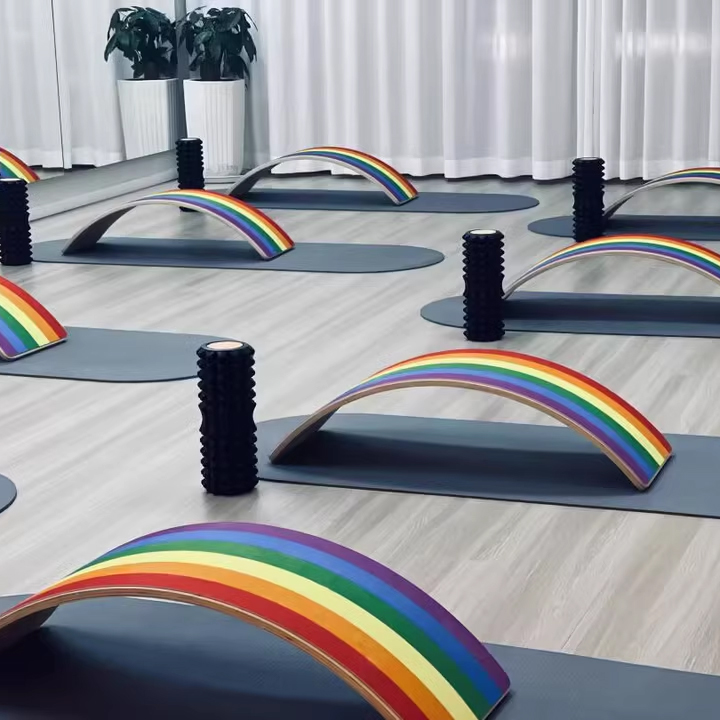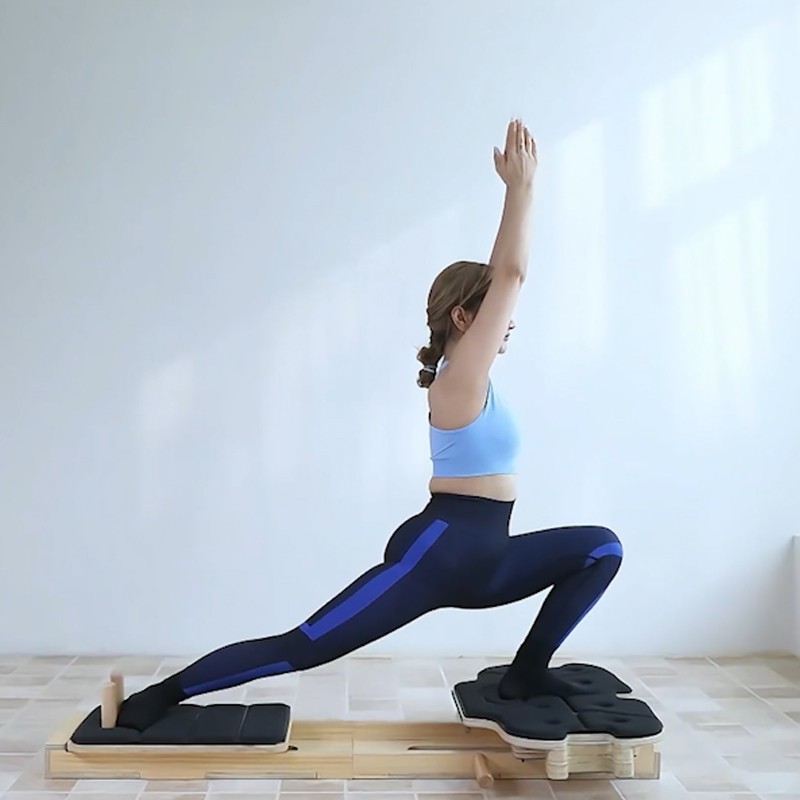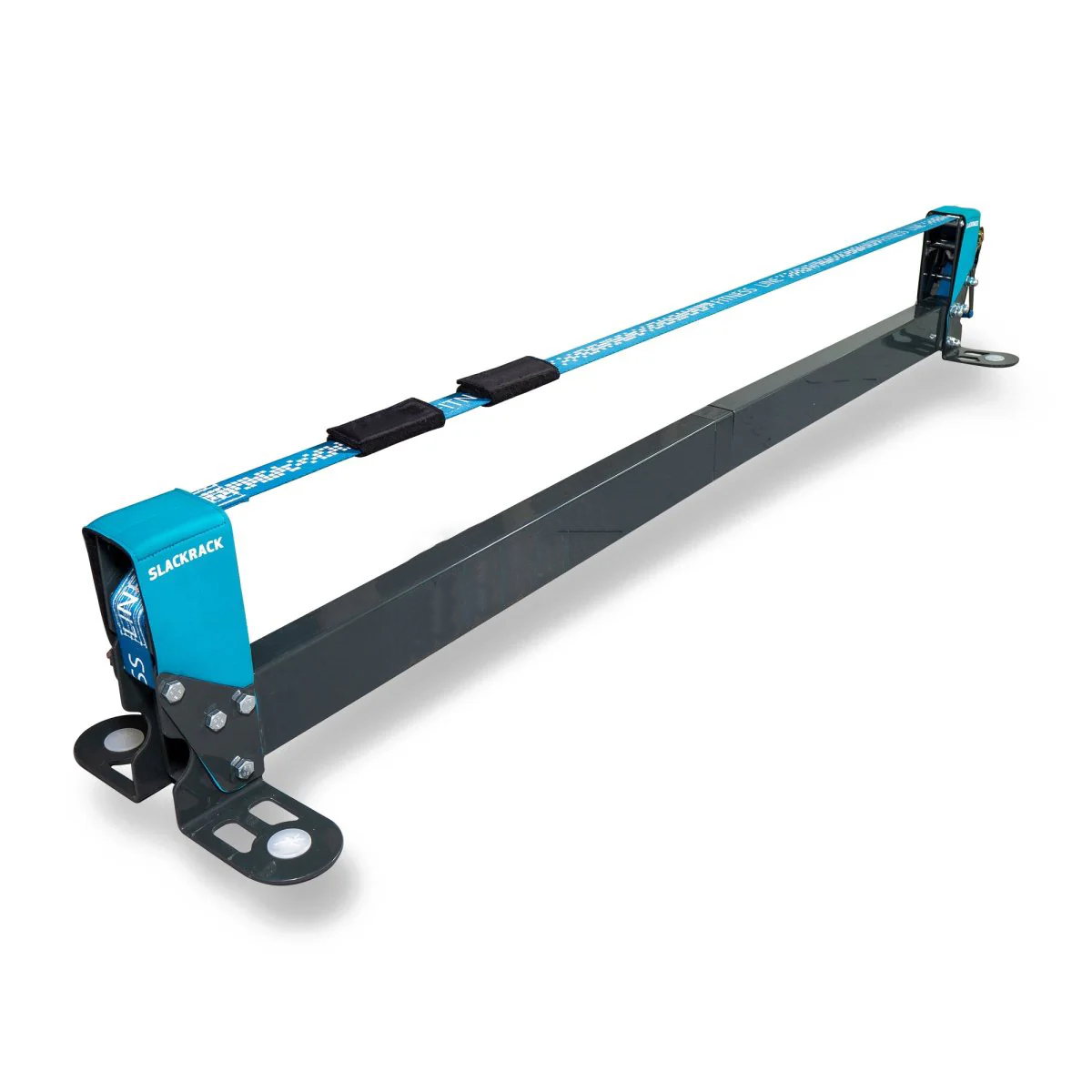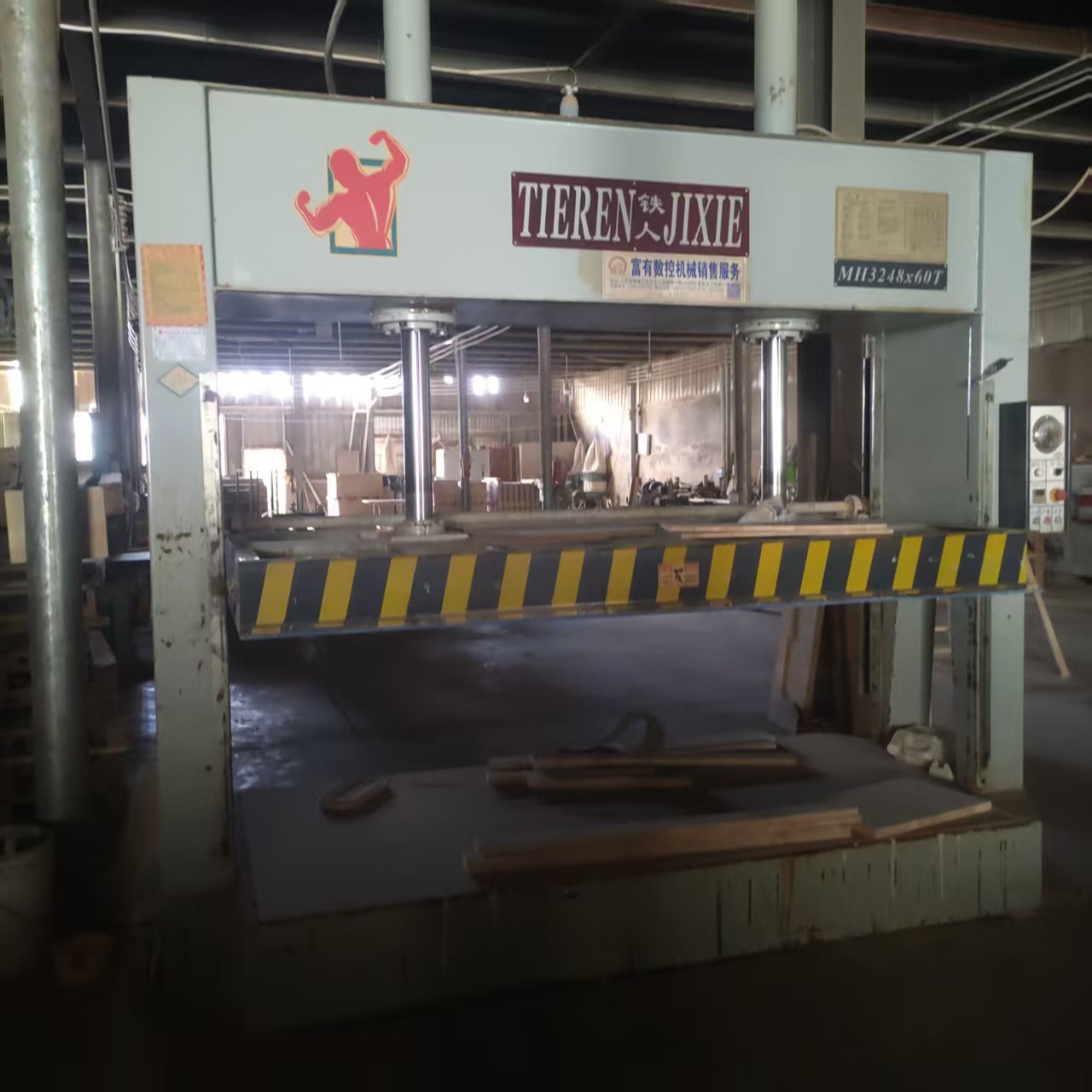1. Market size and growth forecast
Global scale
In 2024, the global canoe paddle market size will be about 1.2 billion US dollars, of which wooden paddles will account for 40% (about 480 million US dollars), and Greenland paddles will account for 15% of the share of wooden paddles as a subdivided high-end category.
Growth Drivers:
✅ Arctic tourism on the rise: Global warming has increased the navigability of Arctic shipping lanes, and Greenland’s role as a hub has led to a 10% year-on-year increase in travel on related routes2.
✅ Environmental consumption trends: The demand for FSC-certified wood is increasing by 15% year-on-year, and the carbon footprint of wood paddles is 40% lower than that of carbon fiber, which is in line with European and American ESG policies16.
Forecast: The Greenland paddle market will reach $250 million to $300 million in 2030, with a CAGR of 8.5% (higher than the overall growth rate of wooden paddles).
🌍 Second, the regional market structure
Region, Market Share, Core Demand Characteristics, Policies and Opportunities
North America 35% high-end customization (50% premium), 10% year-on-year growth in national park rowing activities The U.S. “nearshoring” policy favors local brands4
30% eco-friendly rigidity in Europe (70% FSC certification rate), German process is sought after EU EPR regulations require 30% ≥ recycled materials6
Asia-Pacific 20% China accounts for 40% of the world’s production capacity, cost-effective model exports increased by 60% Southeast Asia’s rubber wood raw material cost reduced by 25V
Emerging markets 15% Arctic tourism-driven (e.g. Greenland local sourcing) Geostrategic investment is heating up (e.g. the United StatesRegional Challenges:
North America: Carbon fiber paddle extrusion market (12% year-on-year), wood paddle texture and eco-label need to be strengthened4.
Europe: Walnut import prices fluctuated by ±18%, driving CLT (cross-laminated timber) substitution14.
⚙️ 3. Product and material innovation trends
Material technology upgrades
Composite Structure:
The core layer is made of fast-growing timber (New Zealand pine, with a rotation period of 28 years), and the outer layer is covered with walnut to resist wear, reducing the cost by 20% and increasing the strength by 40%.
Surface treatment: water-based polyurethane coating solves the moisture absorption and deformation of wood, and the life span is extended to 8 years 6.
Engineering timber application: CLT (cross-laminated timber) flexural strength ≥ 70MPa, fire resistance is better than steel bar, suitable for high-end paddles1.
Intelligent integration
Integrated sensors to monitor stroke efficiency (e.g., the Bending Branches solution) will lead to 30% of smart paddles by 20306.
The VR simulation training system is bound to high-end products, and the premium capacity is increased by 15%.
🏆 Fourth, the competitive landscape and corporate strategy
Enterprise type Representative manufacturer Core strategy Market positioning
European and American high-end brand Bending Branches (United States) locally made CLT process, premium 50% professional exploration, customization
Asia-Pacific cost-effective brand RIOT (middle) Rubber wood/pine composite structure, price of European and American brands 30% Mass leisure and rental market
Nordic Handicraft Workshop Gatz Canoes (Germany) FSC-certified hardwood Limited co-branding (e.g. Arctic expedition) Collectible and cultural IP derivation
Price Tiering:
Economy (<$200): Rubberwood main body, the main export in the Asia-Pacific region; Advanced ($200–$500): Pine core Walnut edging, mainstream in North America; High-end (>$800): CLT full structure Intelligent module, customized market in Europe
⚠️ 5. Risks and challenges
Supply chain risk
Import prices of walnut fluctuated by ±18% due to geopolitical conflicts, and the Russia-Ukraine dispute continued to limit supplies from Eastern Europe4.
Solution: Establish a back-up supply chain for rubber wood in Southeast Asia (Thailand accounts for 40% of global production)56.
Environmental compliance costs
EU EPR regulations require 30% of recycled materials ≥, increasing the cost of certification; North American CBAM carbon tariffs squeeze profits6.
Breaking direction:
FSC certification of fast-growing timber (Vietnam targets 1 million hectares of certified forest by 2030)5;
Carbon credit trading (1.1 tons of CO₂ for 1m³ of wood)1.
New material competition
Carbon fiber paddles grew by 12% year-on-year (vs. 5% of wooden paddles, and the double label of “natural texture and sustainability” of wood products needs to be strengthened4.
💎 6. Strategic Recommendations
Short-term (2025–2027):
Material substitution: Promote New Zealand pine-walnut composite structures that balance performance and cost4.
Channel innovation: Bind Arctic tourism IP (such as Greenland Expedition Package) to enhance the added value of scenarios2.
Medium term (2028–2030):
Technical barriers: Developed CLT propeller (fire-resistant and bending-resistant), and applied for structural patent 1.
Regional layout: Vietnam/Thailand set up factories, integrating rubberwood raw materials and low-cost manufacturing56.
Long-term (2030):
Carbon neutrality pathway: 100% FSC wood carbon credit premium, creating a “negative carbon paddle” concept1.
Medical track: develop customized paddles for postoperative rehabilitation, and cut into the 100-billion-level rehabilitation equipment market6.
Conclusion: Wooden Greenland paddles will rely on the growth of the three engines of “environmental premium, scene binding, and material innovation”, and are irreplaceable in the field of high-end exploration and sustainable consumption. Enterprises need to focus on supply chain resilience construction (Southeast Asian raw material CLT technology) and segmentation scenario penetration (Arctic tourism/silver economy) to break the carbon fiber competition with differentiation.







